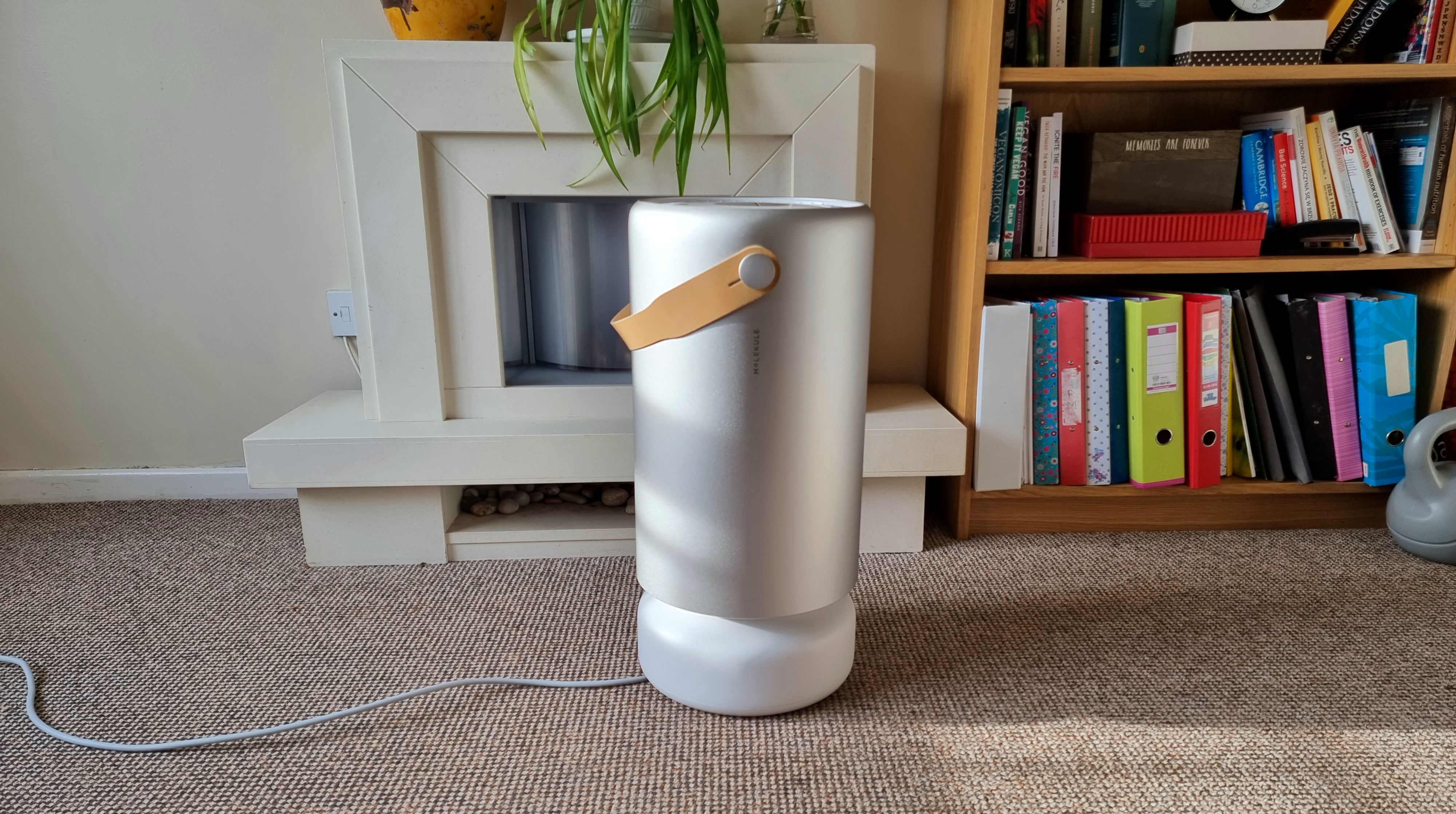IJMS, Vol. 24, Pages 3663: Size-Exclusion Chromatography Combined with Ultrafiltration Efficiently Isolates Extracellular Vesicles from Human Blood Samples in Health and Disease
International Journal of Molecular Sciences doi: 10.3390/ijms24043663
Authors: Chiara Franco Anna Ghirardello Loris Bertazza Michela Gasparotto Elisabetta Zanatta Luca Iaccarino Hadi Valadi Andrea Doria Mariele Gatto
There is still a need for an efficient method for the isolation of extracellular vesicles (EVs) from human blood that provides a reliable yield with acceptable purity. Blood is a source of circulating EVs, but soluble proteins and lipoproteins hamper their concentration, isolation, and detection. This study aims to investigate the efficiency of EV isolation and characterization methods not defined as “gold standard”. EVs were isolated from human platelet-free plasma (PFP) of patients and healthy donors through size-exclusion chromatography (SEC) combined with ultrafiltration (UF). Then, EVs were characterized using transmission electron microscopy (TEM), imaging flow cytometry (IFC), and nanoparticle tracking analysis (NTA). TEM images showed intact and roundish nanoparticles in pure samples. IFC analysis detected a prevalence of CD63+ EVs compared to CD9+, CD81+, and CD11c+ EVs. NTA confirmed the presence of small EVs with a concentration of ~1010 EVs/mL that were comparable when stratifying the subjects by baseline demographics; conversely, concentration differed according to the health status across healthy donors and patients affected with autoimmune diseases (130 subjects in total, with 65 healthy donors and 65 idiopathic inflammatory myopathy (IIM) patients). Altogether, our data show that a combined EV isolation method, i.e., SEC followed by UF, is a reliable approach to isolate intact EVs with a significant yield from complex fluids, which might characterize disease conditions early.

 1 year ago
30
1 year ago
30


